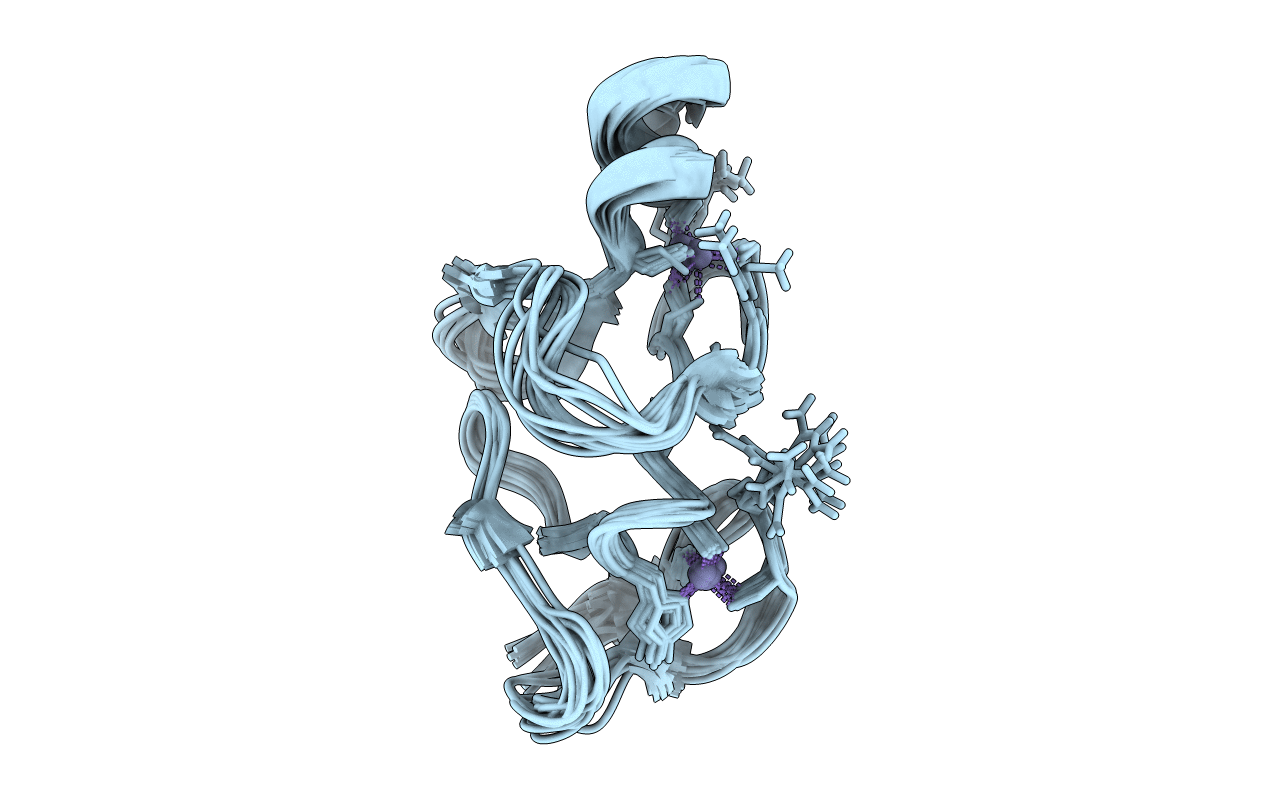
Deposition Date
2001-03-28
Release Date
2001-09-05
Last Version Date
2024-05-22
Entry Detail
PDB ID:
1IBI
Keywords:
Title:
QUAIL CYSTEINE AND GLYCINE-RICH PROTEIN, NMR, 15 MINIMIZED MODEL STRUCTURES
Biological Source:
Source Organism:
Coturnix japonica (Taxon ID: 93934)
Host Organism:
Method Details:
Experimental Method:
Conformers Calculated:
100
Conformers Submitted:
15
Selection Criteria:
structures with the least restraint violations,structures with the lowest energy


